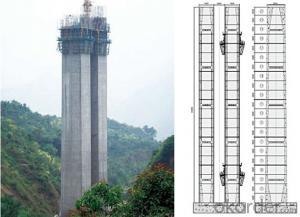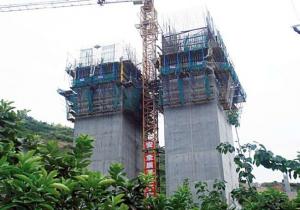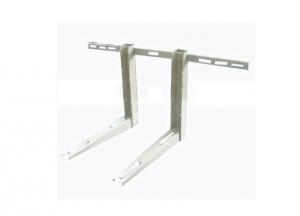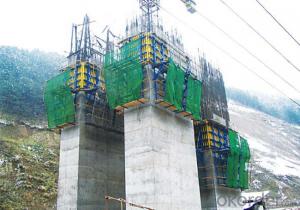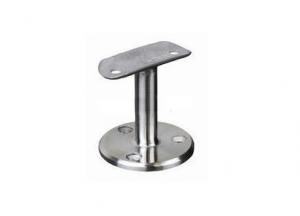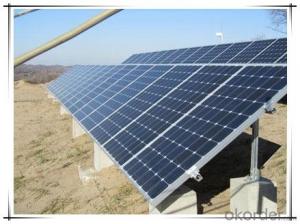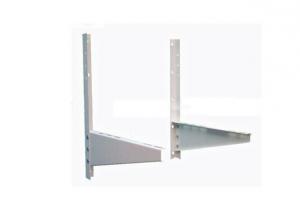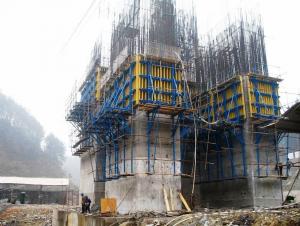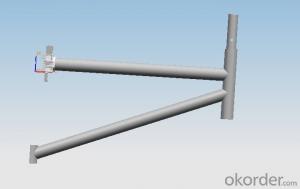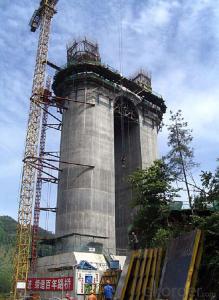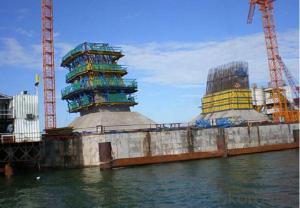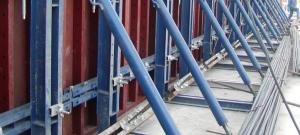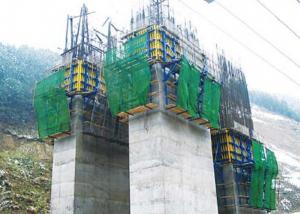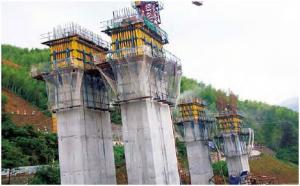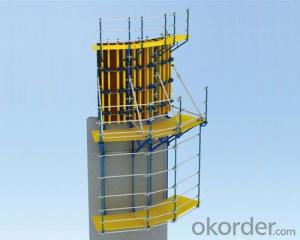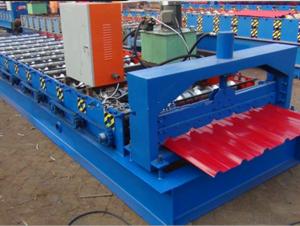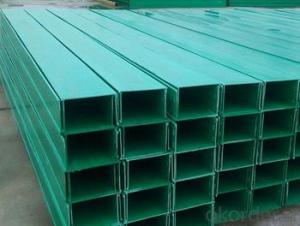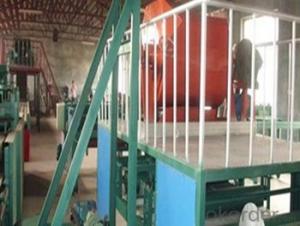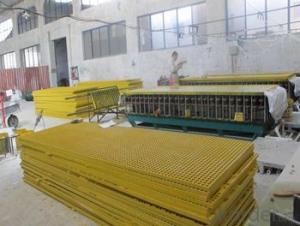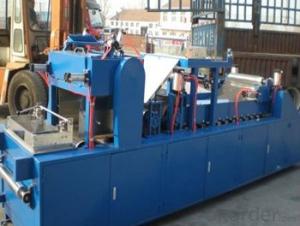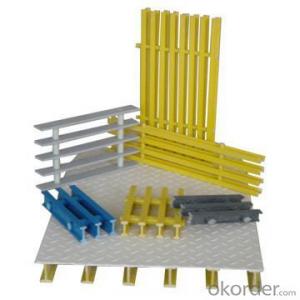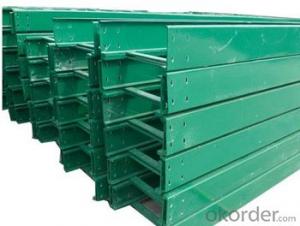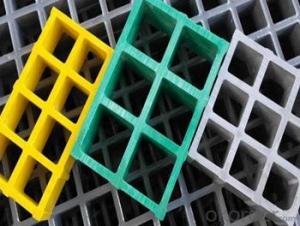C 49 Bridge Overhang Bracket
C 49 Bridge Overhang Bracket Related Searches
Dayton Superior Bridge Overhang Brackets Overhang Deck Barrier Fence Netting Overhead Crane Inspection Cmax Tower Crane Single Span Bridge Sliding Gate TrackC 49 Bridge Overhang Bracket Supplier & Manufacturer from China
The C 49 Bridge Overhang Bracket is a specialized component designed for use in bridge construction and infrastructure projects. This product is engineered to provide support and stability to the overhang sections of bridges, ensuring the structural integrity and safety of the entire bridge. The C 49 Bridge Overhang Bracket is particularly useful in scenarios where bridges need to extend over water bodies, roads, or other structures, offering a reliable solution for these demanding applications.In various construction projects, the C 49 Bridge Overhang Bracket plays a crucial role in maintaining the stability and load-bearing capacity of bridges. Its design allows for easy installation and integration with existing bridge structures, making it a popular choice among engineers and construction professionals. The versatility of this product makes it suitable for a wide range of bridge types and designs, from simple pedestrian bridges to large-scale highway overpasses.
Okorder.com is a leading wholesale supplier of the C 49 Bridge Overhang Bracket, offering a vast inventory to meet the demands of various construction projects. With a commitment to quality and customer satisfaction, Okorder.com ensures that each C 49 Bridge Overhang Bracket is manufactured to the highest standards, providing reliable and durable solutions for bridge construction and maintenance.
Hot Products

